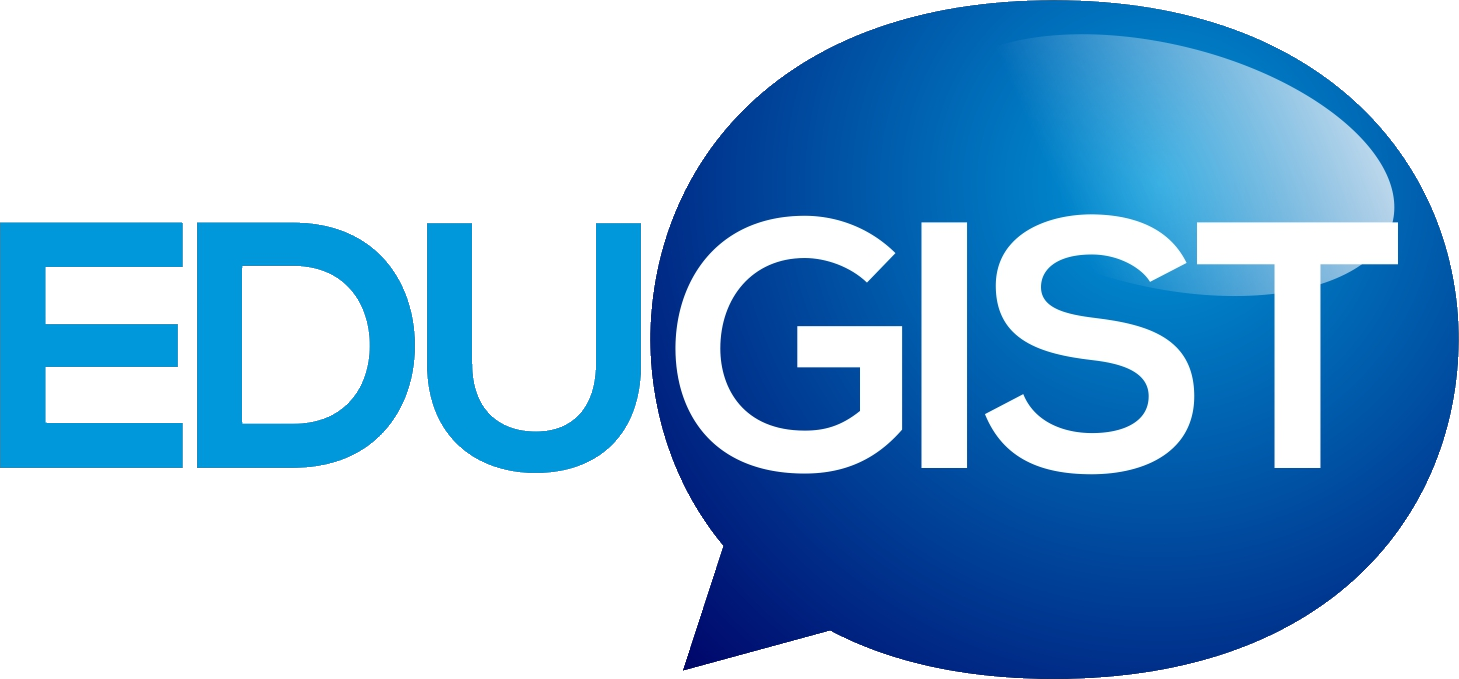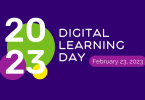Online Piano Lessons and Digital Support
The recent situation of COVID-19 has affected all communities directly around the globe. As a result, many institutions and businesses have closed their doors to prevent the propagation of the virus.
This has forced a quick adaptation to the new setting for many people, for example, educational institutions.
Among the sectors affected, Education was the least. The e-learning has been developed for many years now.
This article proposes to explore the online learning process, its pros and cons. How to set up an online course for people without any experience.
Also, to help teachers transform this situation into a positive outcome. Hence, incorporating the online Learning and digital support in their methodology in the long term.
For many teachers, this forced adaptation to migrate online is seen more like a “plan B”. As opposed to seeing this new setting as a great opportunity to enrich their methodologies as educators.
What are the advantages of Online Learning?
There are abounding benefits of Online Learning over the regular attendance courses:
- Removes geographical barriers, allowing the students to access a high standard of studies regardless of their location.
- It is accessible to adults with full-time jobs that want to resume their studies.
- Provides flexibility in the schedule since there is no exact time to access the information. This facilitates the organisation of the student’s time, balance with family, social and work life.
- Reduce costs by avoiding commuting to the educational facilities.
- It incorporates technological tools for information management. These are necessary to perform professionally in a constantly changing society, such as virtual platforms.
- The student develops a high capacity to self-regulate their Learning. Thus, favouring their attitudes and values of responsibility, discipline and commitment, both valuable assets to achieve independent Learning.
- The student’s role becomes active instead of passive, very common in the standard delivery of a classroom. As a student develops essential intellectual strategies to carry out collaborative tasks through platforms. Also, communicate effectively and more importantly, to be creative and innovative in their learning strategies.
Virtual Learning Environments
Before starting any online learning activity, it is paramount to grasp the implications of using different types of technologies.
There are mainly two categories:
Institutionally supported by any educational institution, such as a University, or open access, for example, YouTube.
Universities prefer closed Virtual Learning Environments, such as Blackboard or Moodle.
Some teachers prefer the autonomy of delivering their course content through technologies they believe is more appropriate for their students.
For tutors that are not bound to any institutions, the open-access options are the best path to take.
There are many sites on the internet that can provide digital support to manage a large number of students, such as formative, Canvas, Google Classroom or Edmodo.
These systems often provide discussion forums, information storage, blogs, wikis, and assignment submission. This in turn makes the teacher’s student management more accessible and efficient.
One-to-one lessons: A complete guide for teachers
Another environment for online Learning is the personalised lessons. The most common are languages, music or any subject online to support students at all levels. Such as official Institutions, from primary or secondary schools to College or University level.
For these teachers, there is a comprehensive guide for personalised online lessons. It provides a guide from the best software to the room set up to the preparation and lessons planning. You can check here

WKMT: A Case Study
Personalised lessons vary considerably from the classroom environment. The teacher operates under broader freedom, choosing strategies upon the student’s learning objectives and setting the methodology accordingly.
We will take a case study, a piano studio in London, WKMT, which offers full-time online lessons worldwide.
Piano lessons are exceptionally personal, and the emotional engagement with the student is indispensable for a successful outcome.
The system behind the courses is to ensure ease of access and maximise the engagement. And interactivity of online learners to expand and deepen their knowledge.
In a globalised world, the use of technology serves as powerful leverage in musical Learning.
Online Learning aids people to receive in the comfort of their homes, the highest education standard through specialised professionals’ supervision. And in the case of WKMT studio by its directors, ensuring their success and guidance throughout their path.
As the core of the online program, a unified approach should be offered to the student. Consistency is the strongest asset for any educator.
At WKMT, the example is through the piano technique, inherited from Maestro Vincenzo Scaramuzza which gave the world concert pianists such as Daniel Barenboim, Sergio Tiempo, Martha Argerich and Bruno Gelber.
Providing confidence in the long-term results.
In this way, through a team of tutors following one pedagogical guideline and one technique, the student has all the advantages of online Learning. This is coupled with the surplus of a consistent method. Also, tailored to the needs and specific goals that the piano student desires to achieve.








